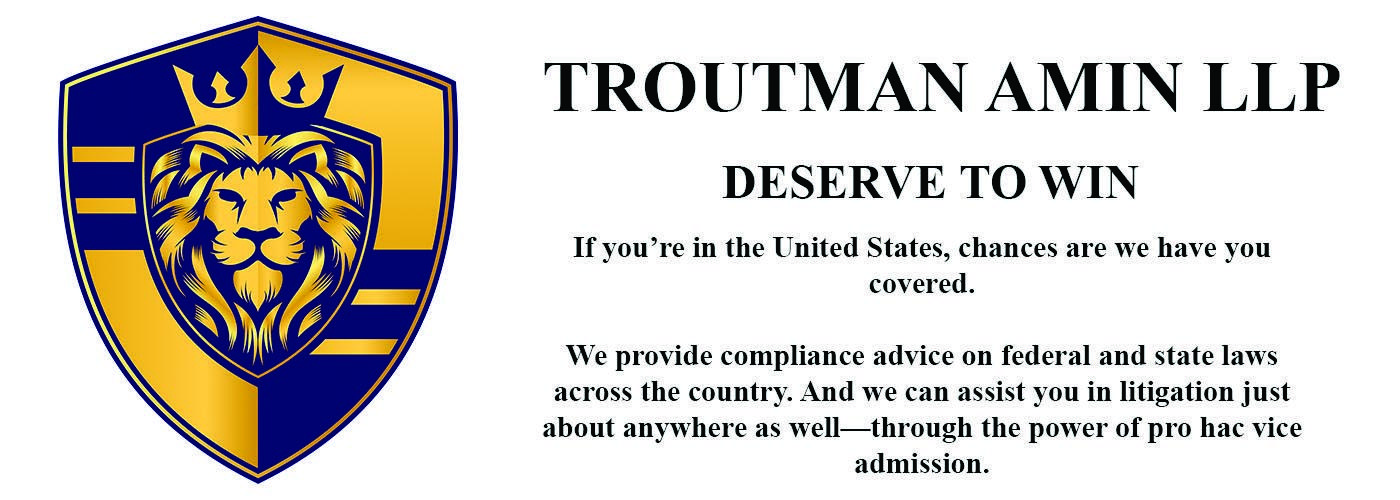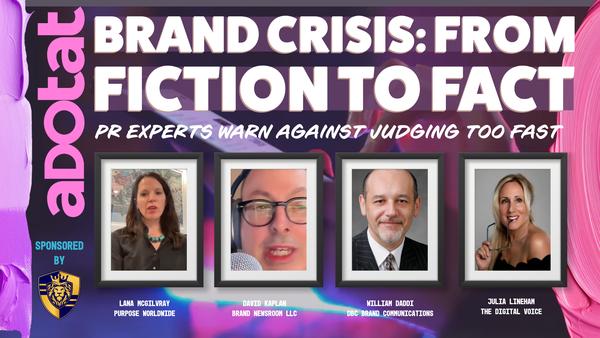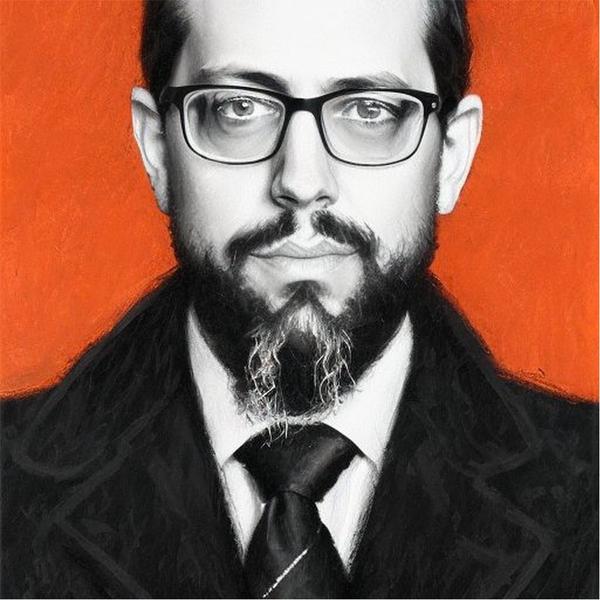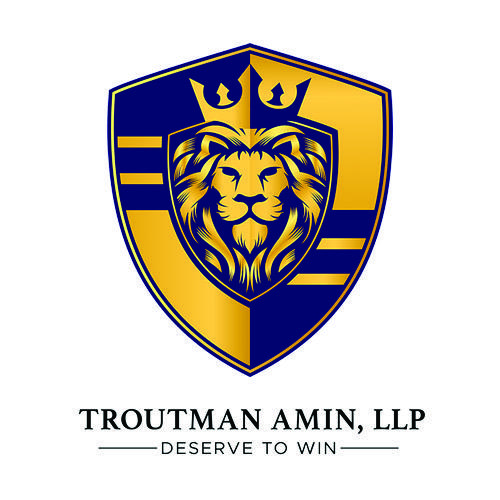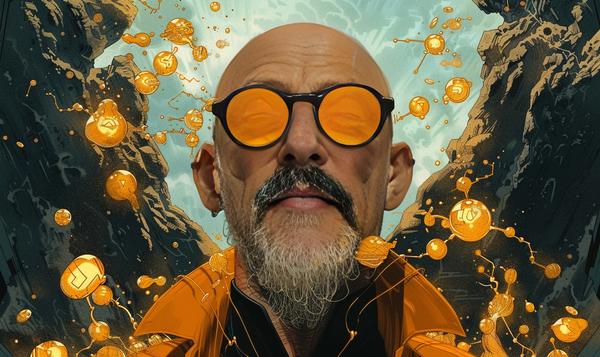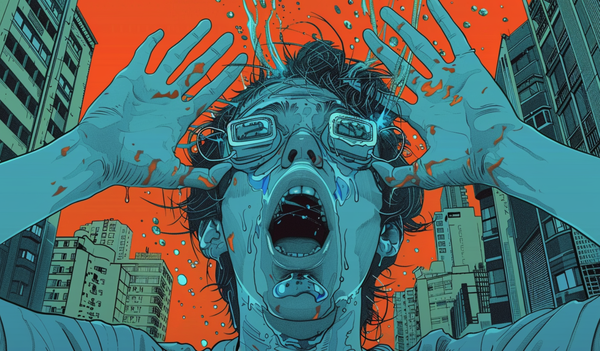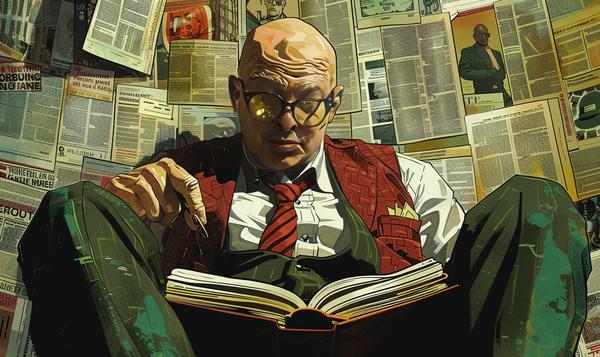Strap in, folks. If you thought PR was just a game of schmoozing and ad tech was a snooze fest for data nerds, you’re in for a treat. The latest episode of the ADOTAT Show, hosted by the irrepressible Pesach Lattin, brings together some of the sharpest and most irreverent minds in the business. Get ready for a wild ride through the highs and lows of PR crises and the enigmatic world of ad tech, all delivered with a dose
of wit and a sprinkle of sass.
The Cast of Characters
First up, we have Lana McGilvray of Purpose Worldwide. With over 23 years of experience and a spot among PR News’s top 100 women in PR, Lana is the queen bee of crisis management. When your brand’s reputation is in the toilet, Lana’s the one who’ll flush away the mess and leave you smelling like roses.
William Daddi from DBC Brand Communications is the smooth operator of PR. Bill can spin a PR disaster into a fairy tale with the finesse of a master storyteller. If he had a theme song, it’d be "Staying Alive" because he’s that good at keeping his clients from flatlining.
Then there’s Julia Linehan, CEO of The Digital Voice. She’s the PR wizard who makes headlines without breaking a sweat. Julia’s the kind of person who can turn data analytics into a gripping
narrative that even your grandma would find interesting.
Rounding out the panel is David Kaplan, the B2B content guru at Brand Newsroom. David writes content so compelling it makes Hemingway look like a hack. He’s got a knack for turning mundane brand stories into blockbuster hits.
Turning PR Trash into Treasure
Pesach wastes no time, diving
headfirst into the Adalytics report accusing Colossus SSP of misdeclaring user IDs. It’s the kind of scandal that makes PR pros break out in hives. But David Kaplan, always the voice of reason, suggests that Colossus could have handled it better by being more transparent and prepared. “Just explain what went wrong and how you’re fixing it,” he says. Simple, right? But oh, how often it’s botched.
Bill Daddi, ever the pragmatist, stresses the importance of
preparation and trust. He believes Colossus should have had a crisis playbook ready, complete with clear, no-nonsense explanations. “It’s not just a crisis of ad tech; it’s a crisis of trust,” Bill emphasizes. And trust, my friends, is the currency of the realm in PR.
Julia Linehan doesn’t mince words. She suggests that Colossus should have cleaned house before the scandal hit. “Too long we’ve had bad actors in advertising,” she says. Her advice? Get your act
together before the industry watchdogs start circling.
The Role of Transparency
Lana McGilvray brings in the heavy artillery, stressing the importance of knowing when to speak and how to handle legal landmines. She points out that many of these stories leak from industry insiders, not the companies themselves. Her takeaway? Be proactive with your communication strategy and always
be ready for the unexpected.
Pesach, never one to shy away from a tough question, asks if honesty is truly the best policy in a scandal. The panelists’ answer is a unanimous yes. Being upfront and taking responsibility can turn a potential disaster into an opportunity to build trust and credibility.
When Campaigns Go South
The discussion then veers
into the minefield of controversial ad campaigns, like Bud Light’s partnership with Dylan Mulvaney and Target’s Pride Month displays. Bill Daddi argues that brands need to contextualize their actions within their core values to avoid backlash. “Once you start apologizing to one group, you end up making no one happy,” he notes.
Julia Linehan agrees, emphasizing the need to stand by your bold moves. “If you’ve made a bold move, stand by it and explain why you did
it,” she advises. In a world where everyone’s looking for authenticity, wishy-washy responses are a surefire way to lose trust.
Making Ad Tech Sexy
Now, how do you make ad tech—the realm of algorithms and data points—sexy and engaging? Julia Linehan has a few tricks up her sleeve. Focus on the industry’s challenges and how your tech provides solutions, rather than drowning your
audience in tech jargon. “Show the data, show the evidence that it works,” she says. It’s all about making the complex comprehensible and the technical tantalizing.
Pesach, ever the provocateur, asks how to make ad tech truly irresistible. Julia’s answer? Creative storytelling and compelling visuals. She recounts telling a client to ditch their boring slides and fast-forward to the exciting bits. “The sexy part is the end result. Boom. That’s your presentation,”
she says.
Lana McGilvray echoes this sentiment, pointing out that ad tech enables amazing experiences, like allowing kids in remote towns to experience concerts virtually. It’s about telling these human stories in a way that resonates on a personal level. If you can make your grandma and her grandkids connect over a brand, you’ve hit the jackpot.
The Art of Authenticity
Bill Daddi brings the discussion full circle, highlighting that it’s not about the tech itself, but what it does for the audience. It’s about solving problems and making life better. “People don’t come to market looking for tech. They come looking for solutions,” he says. It’s a reminder that even in the B2B world, emotional connections matter.
David Kaplan wraps it up neatly, noting that ad tech companies need to demystify their offerings.
“There’s still a wider world that doesn’t understand what’s really happening in terms of the ads they receive,” he says. By explaining the process and showing how they’re improving the ad experience, companies can build stronger, more trustworthy relationships with their audience.
The Bottom Line
In the end, this episode of the ADOTAT Show is a masterclass in turning PR disasters
into fairy tales and making ad tech engaging. It’s about honesty, preparation, and, most importantly, trust. Whether you’re dealing with a scandal or trying to make your tech sexy, the key is to stay true to your values and communicate clearly and authentically.
So here’s to the mavericks of PR and ad tech who aren’t afraid to tell it like it is, even when the going gets tough. Because in the end, it’s the bold moves and the honest conversations that make all the
difference.
WATCH THE FULL SHOW

